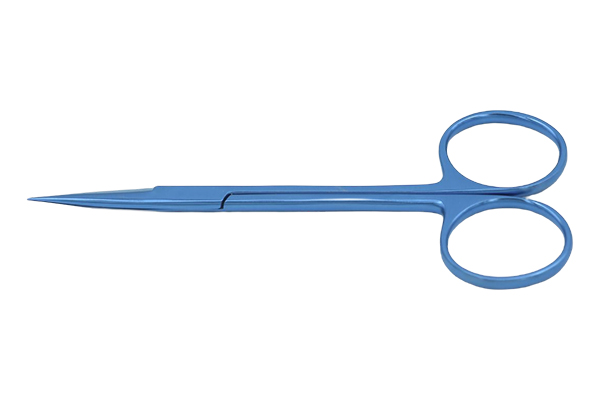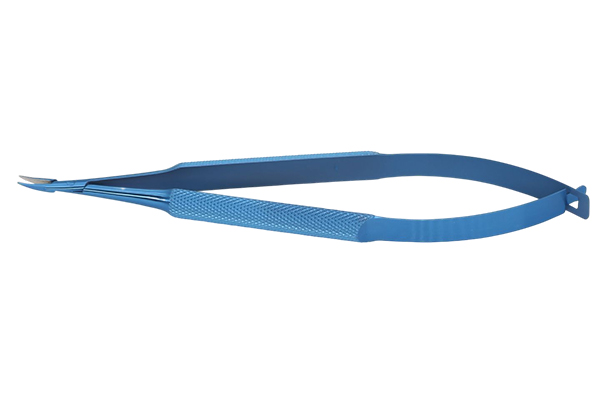-

The instruments for treatment of meibomian gland dysfunction——Compressing Lid Forcep
The global prevalence of dry eye syndrome is on the rise, driven by factors such as an aging population, screen-based lifestyles and other environmental stressors. Eyelid debridement, meibomian gland compression and micro-eyelid margin exfoliation are important primary outpatient treatment method...Read more -
Ophthalmic Hand Surgical Instruments Market Report 2030
The global ophthalmic hand surgical instruments market size was valued at USD 2.42 billion in 2022 and is expected to grow at a compound annual growth rate (CAGR) of 4.1% from 2023 to 2030. Factors expected to drive the growth of the advanced hand surgical instruments m...Read more -
Introduction to Castroviejo Needle Holder
Castroviejo Needle Holder is a precision surgical instrument mainly used in ophthalmology, microsurgery, plastic surgery and other surgeries that require high-precision operation. Main features: Precision design: Castroviejo needle clamps typically have a slender clamp body and fine jaws, suitabl...Read more -
I/A Cannulae coaxial with silicone sleeve product
Now we can see intuitively that many places are actively expanding hospitals, and the demand for medical equipment will also increase. It is expected to release a large demand for medical devices in the market. Multiple policies have been introduced domestically to encou...Read more -
Advantages of Titanium Ophthalmic Surgical Instruments
In eye surgery, precision and quality are crucial. Surgeons rely on advanced instruments to ensure successful surgeries and positive patient outcomes. A popular material in eye surgery is titanium. Known for their strength, durability and biocompatibility, titanium ophthalmic surgical instruments...Read more -
Multi-Tool: Akahoshi Tweezers
When it comes to delicate surgical procedures, having the right tools can make all the difference. An indispensable tool in eye surgery is the Akahoshi forceps. Named after their inventor, Dr. Shin Akahoshi, these forceps are designed to handle delicate tissue with precision and control. Akahoshi...Read more -
What is cataract surgery
In general, cataract surgery is performed by replacing the diseased lens with an artificial lens to treat cataracts. The commonly used cataract operations in clinic are as follows: 1. Extracapsular cataract extraction The posterior capsule was retained and the diseased lens nucleus and cor...Read more -

Use and maintenance of micro-needle forceps
Precautions for use 1. The clamping degree of the needle holder: Do not clamp too tightly to avoid damage or bending. 2. Store on a shelf or place in a suitable device for processing. 3. It is necessary to carefully clean the residual blood and dirt on the equipment. Do not use sharps and wire br...Read more -

Classification and precautions of ophthalmic surgical instruments
Scissors for ophthalmic surgery Corneal scissors, eye surgery scissors, eye tissue scissors, etc. Forceps for ophthalmic surgery Lens implant forceps, annular tissue forceps, etc. Tweezers and clips for ophthalmic surgery Corneal tweezers, ophthalmic tweezers, ophthalmic ligation tweezers,...Read more -

Precautions when using hemostatic forceps
1. The hemostatic forceps should not clamp the skin, bowel, etc., to avoid tissue necrosis. 2. To stop bleeding, only one or two teeth can be buckled. It is necessary to check whether the buckle is out of order. Sometimes the clamp handle will automatically loosen, causing bleeding, so be vigilan...Read more





